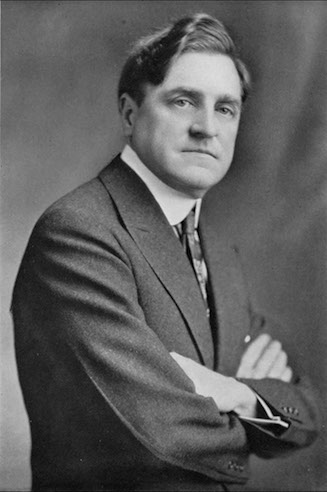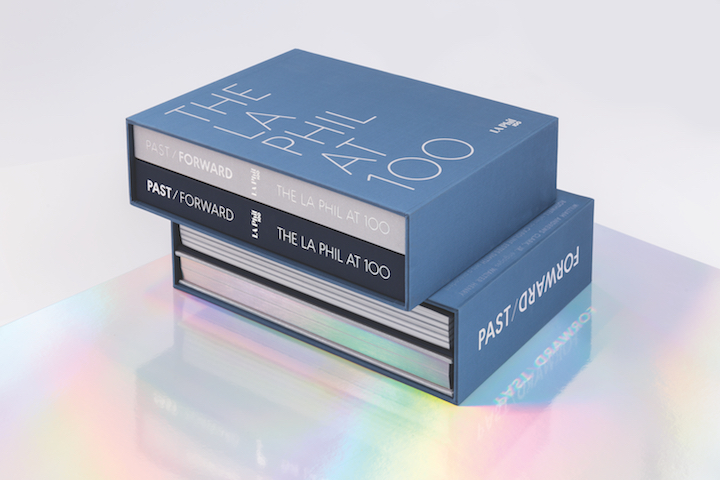Book chronicles Philharmonic leaders

ORCHESTRA founder William Andrews Clark, Jr., circa 1930.
Photos courtesy of Los Angeles Philharmonic Archive
Long before the humble star power of Gustavo Dudamel. Before the flamboyant and youthful Zubin Mehta. Before them both was the early orchestra’s eccentric founder William Andrews Clark, Jr. The philanthropist was often not accepted by high society (showing up at breakfast naked raised some eyebrows, for instance).
Clark loved music, though, and he would underwrite $3 million in losses for 15 years to keep the new orchestra afloat. But he left nothing to carry the fledgling orchestra forward after his death in 1934, according to the recently published two-volume “Past / Forward: The LA Phil at 100,” issued in honor of the orchestra’s centennial.
Chandler; game changer
While “an outpouring of support from musicians, music lovers, radio audiences and philanthropists kept the orchestra alive,” Dorothy Buffum Chandler’s arrival was a game changer. A mighty force on the horizon, she was once coined “the greatest fundraiser since Al Capone.”
Music funder
The merchant’s daughter (of the Buffums department store chain) didn’t much like the “Al Capone” compliment, but, regardless of what you called her, she was credited with establishing one of the most successful fundraising campaigns in history — to build the three-venue Music Center including its first dedicated concert hall, which would eventually be named in her honor.

DOROTHY CHANDLER, center, and Zubin Mehta in 1964 at the opening of The Pavilion. (It would be renamed in her honor a year later at the insistence of all but her.)
When she took on the undertaking, she already had saved the orchestra’s summer venue. The Hollywood Bowl was facing bankruptcy when Chandler leaped into action, calling musicians to donate time to do a concert, raising $100,000 to help pay off a debt and organizing a women’s committee to sell tickets. Her plan worked, and she then turned her sights downtown, where she would channel her considerable charm, energy and persuasiveness.
New and old money
Key to her success was her ability to bridge new money people with old, “most famously between Jewish housing developer S. Mark Taper and conservative financier Howard Ahmanson.” She lived in Windsor Square on the corner of Fifth Street. Ahmanson lived in Hancock Park, on the corner of Fourth Street.
Being married to the powerful Norman Chandler, publisher of the “Los Angeles Times,” also helped. She kept an office at Times Mirror Square “and sometime literally took people by the arm as they left a meeting with Norman Chandler.”
Her strategic and inspiring appeal to Jacqueline Kennedy to ask her and the president to attend the Music Center’s 1964 groundbreaking was accepted. Only the Cuban Missile Crisis prevented the Kennedys from traveling to Los Angeles. They made a generous gift nonetheless.
Another of her accomplishments was bringing the inexperienced and youthful 25-year-old Zubin Mehta on board in 1961. The youngest music director in the orchestra’s history, then and now, he is credited with creating the modern orchestra and leading it into its new home.
Its home, of course, has moved across the street to the Walt Disney Concert Hall. Dorothy Chandler would be proud.

MORE ON MRS. CHANDLER, the Philharmonic’s history and its future plans fills the new two-volume book set
More on Mrs. Chandler, the Philharmonic’s history and its future plans fills the new two-volume book set, available at the LA Phil Store and at laphilstore.com.
Category: Entertainment


